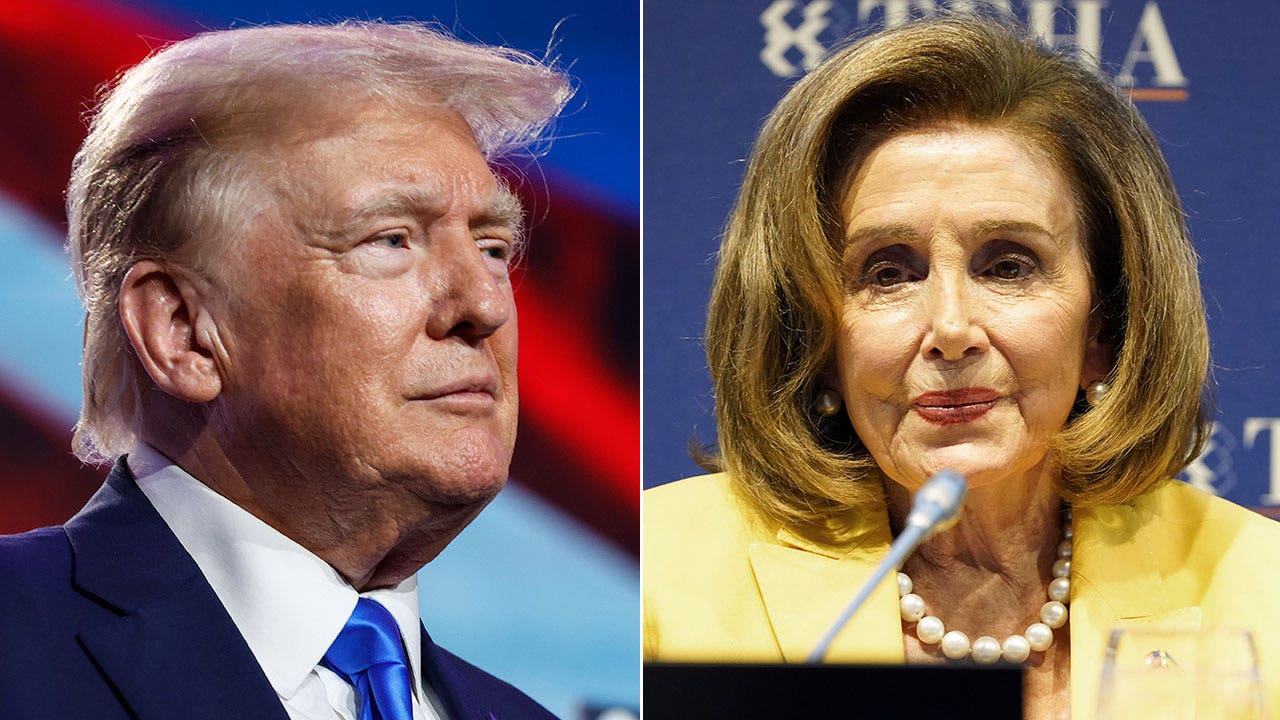PolitiFact and
other fact checkers have debunked numerous claims contending Pelosi alone was responsible for Capitol security. Davis’ claim pointed to the speaker’s role in directing Capitol security leaders, rather than all of Capitol security. But it’s still highly misleading.
Pelosi no more responsible for Capitol security decisions than McConnell
The House and Senate sergeants-at-arms, who are
nominated by each chamber’s leader and elected by chamber members, serve as the Capitol’s chief law enforcement officers for their respective chambers. Each makes decisions for the
Capitol Police Board, which
oversees the Capitol’s police force in concert with several House and Senate committees, including
one on which Davis sits.
The House sergeant-at-arms reports to the House speaker just as the Senate sergeant-at-arms reports to the Senate majority leader, but there is no indication Pelosi controls day-to-day security operations. So we reached out to Davis’ office to ask what he was talking about.
Citing a Feb. 1
letter from Sund to Pelosi, Davis spokesman Aaron DeGroot responded in an email that the former police chief "alone could not request National Guard support because he ‘had no authority to do so without an Emergency Declaration by the Capitol Police Board.’ Requesting National Guard support is a major security decision, and it’s one that even the Speaker’s office admits they were involved in."
That description is accurate. According to a
bipartisan Senate report on the Jan. 6 attack, the Capitol police chief "has no unilateral authority to request assistance from the National Guard" and "must submit a request for assistance to the Capitol Police Board for approval." Likewise, as DeGroot noted,
Pelosi’s office has said Irving did request the speaker’s permission to call on the National Guard.
However, those facts do not prove Pelosi made all the calls on how Sund, Irving, and the other members of the Capitol Police Board responded to the crisis — most notably because then-Senate Sergeant-at-Arms Michael Stenger, who reported to then-Senate Majority Leader Mitch McConnell at the time, also played an active role.
As Sund noted in his letter to Pelosi, the police chief "notified the two Sergeant at Arms" around 1 p.m. on Jan. 6 that he "urgently needed support." Despite confusion over the statutory process for requesting National Guard assistance, both Irving and Stenger eventually approved Sund’s request to call for backup at 2:10 p.m., according to the Senate report.
Prior to that approval being granted, the
New York Times reported, aides to both congressional leaders "were perplexed to learn that the two sergeants-at-arms had not yet approved the request for troops, according to spokesmen for Mr. McConnell and Ms. Pelosi."
"The speaker expects security professionals to make security decisions and to be informed of those decisions," Pelosi spokesman Drew Hammill told the Times.
Davis said "we know that the speaker’s office was calling the shots on all of" the actions taken by the officials in charge of Capitol security on Jan. 6.
As evidence, his office highlighted the fact that then-House Sergeant-at-Arms Irving requested approval from Pelosi before greenlighting the Capitol police chief’s request to call in the National Guard.
But Davis and his spokesman ignored a critical detail: the decision to approve that request and call for backup was not Irving’s call alone. It was made in conjunction with the Senate sergeant-at-arms, who reports to the Senate majority leader. At the time, that was McConnell.
We rate Davis’ claim Mostly False.
Congressman Rodney Davis (R-Ill) said "Former Capitol Police Chief Steve Sund has testified that Irving was concerned as many have said about the 'optics,' and we know that the speaker's office was calling the shots on all of their actions on Jan. 6." PolitiFact checks his claim.

www.wral.com

